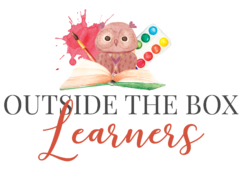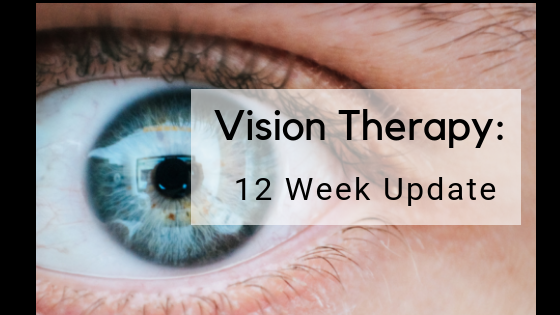This blog post contains affiliate links and any purchases made through such links will result in a small commission for me (at no extra cost to you).
Dyspraxia or Vision Issues?
We took the plunge and began Vision Therapy for Joe, our 8-year-old, in the fall. It had been recommended by both a neuropsychologist who did an extensive evaluation on him and it was also recommended by his occupational therapist. He has had difficulty catching and kicking a ball for his whole life (and other activities that require coordination). These difficulties certainly go hand in hand with his dyspraxia. But we have often wondered, how much of his dyspraxia is related to his vision?
We held off for a while due to the likelihood of insurance not covering it (that proved to be TRUE, though the evaluations are covered). We spent big bucks on Brain Balance when Joe was four, and it’s honestly just hard to continue to pay for things that are not covered by insurance. Though when they truly help, it IS worth it!
Exam Results
Following his very first evaluation done by The Vision Therapy Center, it was determined he has Convergence Insufficiency, a very common diagnosis. They gave us a script to get glasses with a prism and made from a special material. These glasses almost immediately helped with his ability to catch a ball – pretty amazing to witness!
After that initial first exam and one other exam they did, they gave us the results. Joe had deficiencies in his visual processing related to FOCUSING, TEAMING, and TRACKING. He also has some retained primitive reflexes, which they work to integrate as part of his therapy plan.
We do about 20 minutes of exercises at home 5 days a week and go the center for therapy once a week. He will finish in summer after 36 weeks of therapy.
Improvements We’ve Seen
We are happy with the results so far. These are some of the positive things we’ve seen, along with the improved ball catching:
Reading faster (Joe was already reading well, he is just able to read faster now!)
Fewer headaches
Interest in puzzles (in the past he was not interested in doing them)
Slightly better short-term memory – we notice this in his ability to complete tasks.
Improved handwriting. There was lots of room for improvement here, as academically, this is Joe’s weakest area. However, the improvement is noticeable which is quite exciting for us, and more importantly, for Joe! See the captions for the dates of when these handwriting samples were taken. The biggest improvement is his ability to write smaller, which is seen especially on the last sample from today (though you may not be able to tell from the picture!)
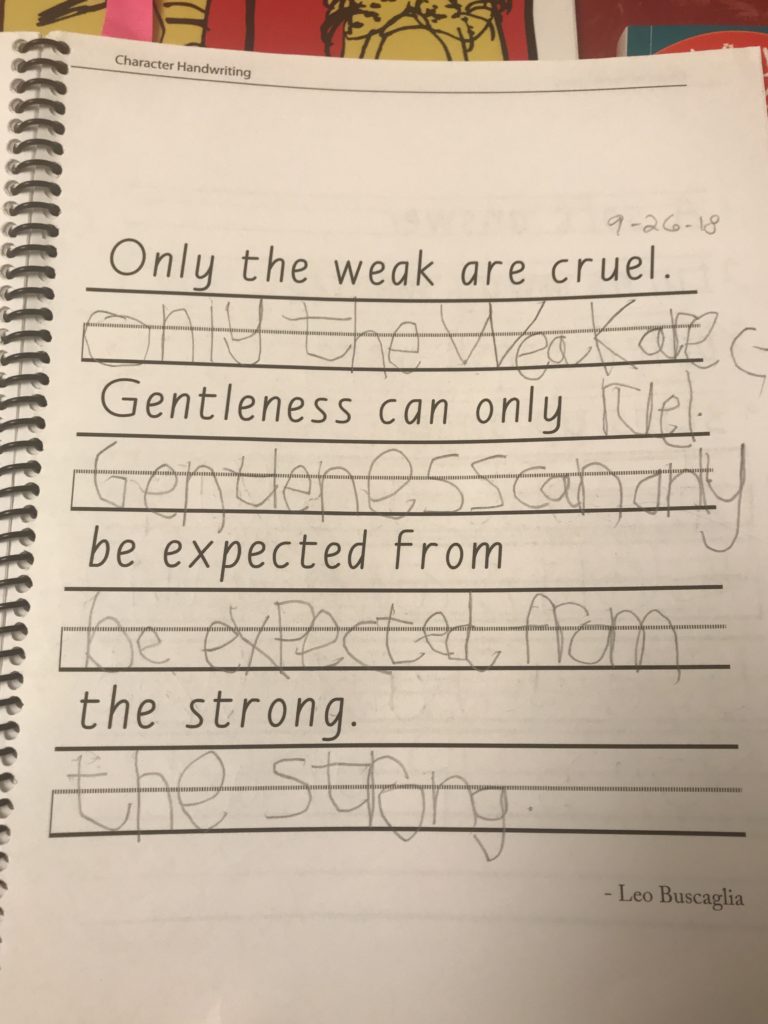
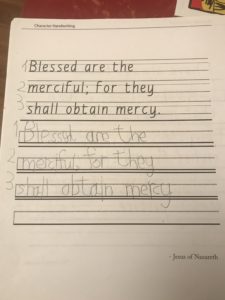
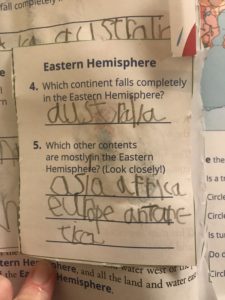
Handwriting Aids
We have also started using this slant board per the advice of the optometrists at the center, to reduce fatigue when handwriting.
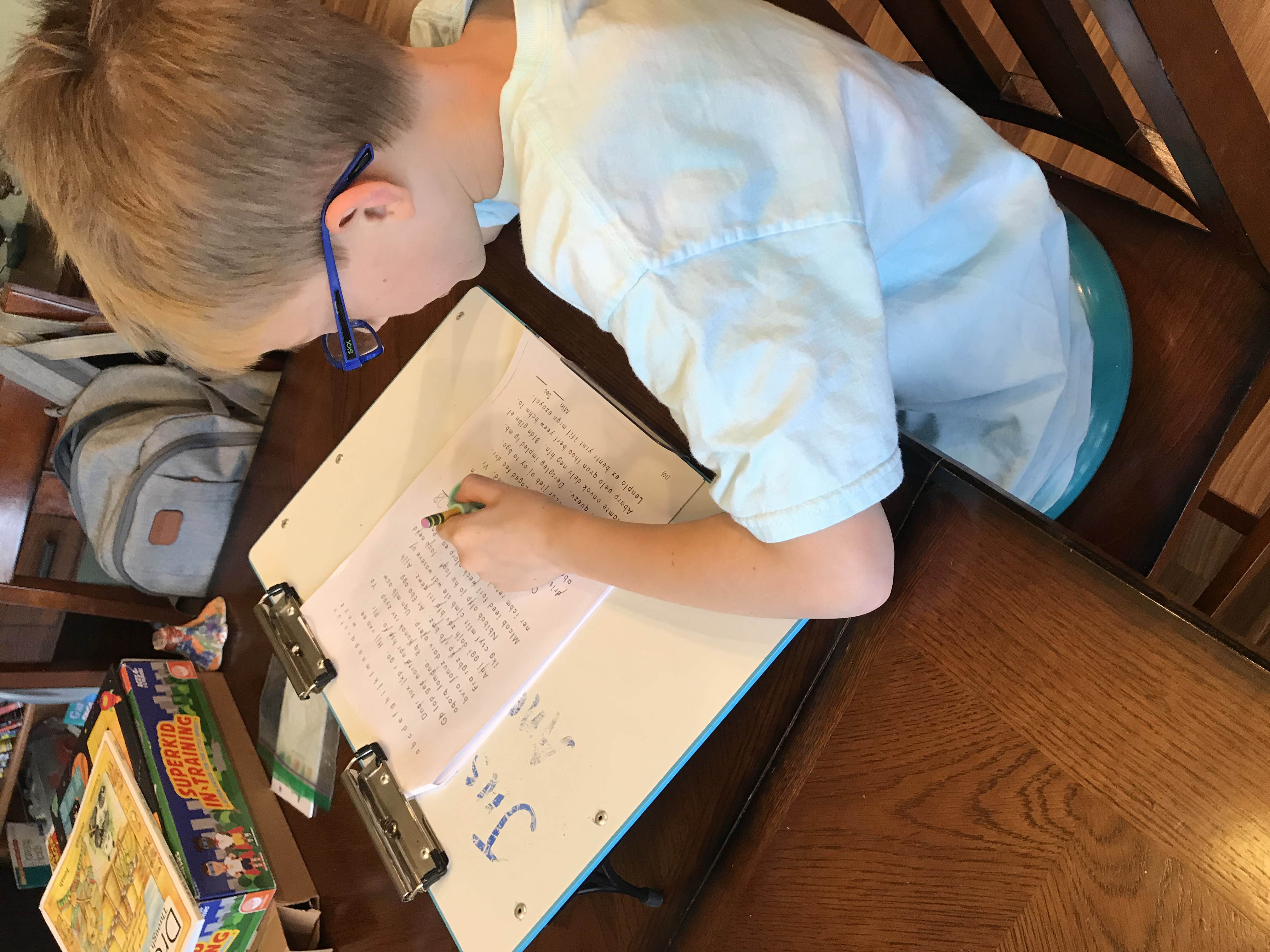 And while we’re talking about handwriting, these pencil grips are amazing. Joe just got them for Christmas and tried them out and whoa! So comfortable and easy to use. I have a poor pencil grip myself and these felt very natural to use.
And while we’re talking about handwriting, these pencil grips are amazing. Joe just got them for Christmas and tried them out and whoa! So comfortable and easy to use. I have a poor pencil grip myself and these felt very natural to use.
ETA: Here is a post with results after 36 weeks of vision therapy were completed.
If you’re curious or want to know more about vision therapy, in general, I highly recommend the group on Facebook “Vision Therapy Parents Unite”. Or if you just want to learn more about Vision Therapy you can check out this website.
